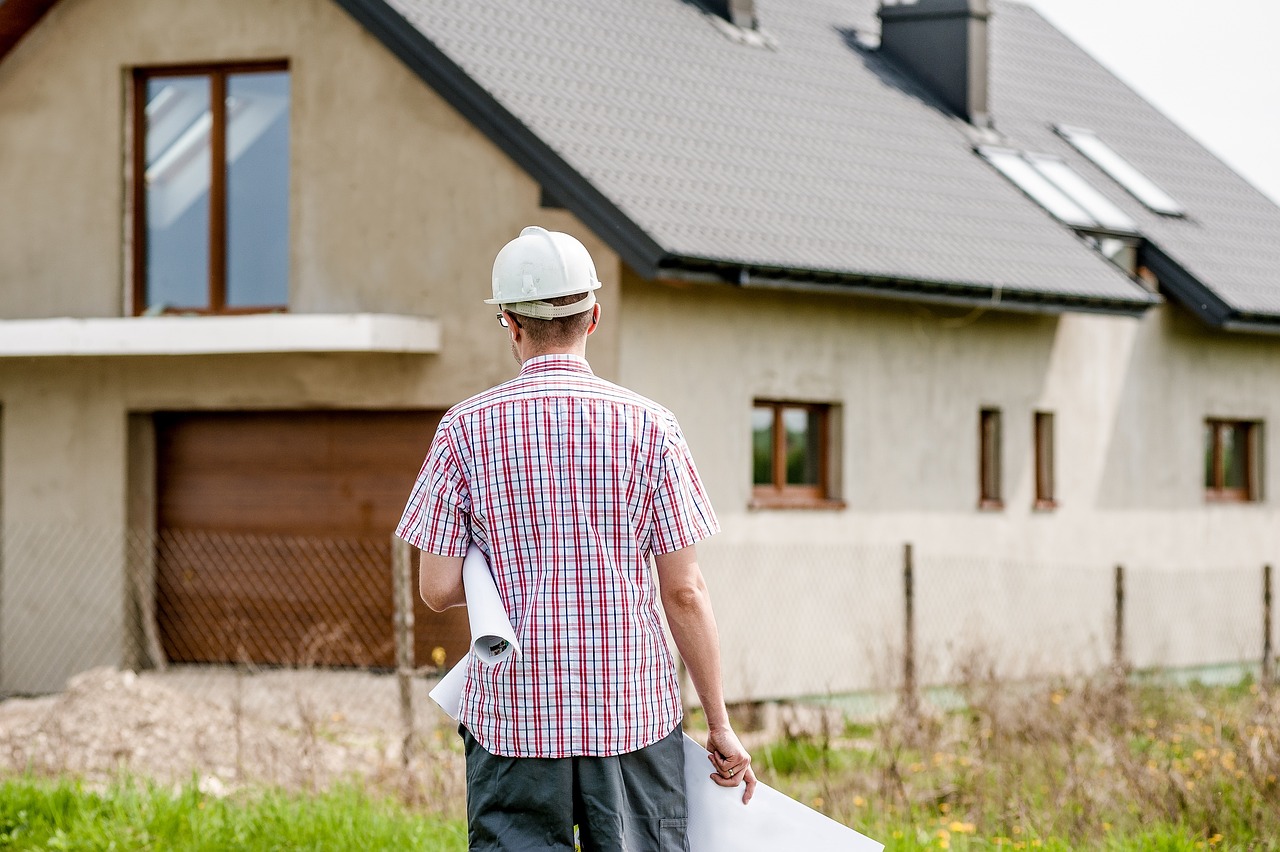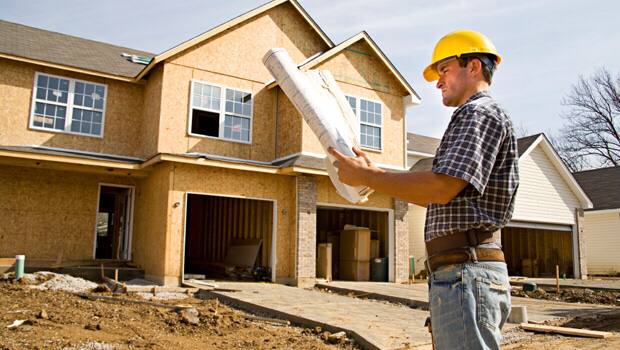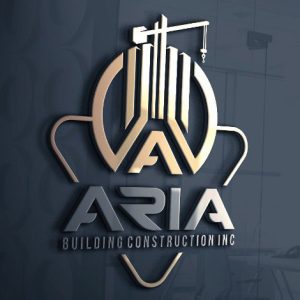Building Restoration refers to the process of repairing, renovating, and preserving historic or culturally significant structures to return them to their original condition (or as close as possible) while maintaining their historical integrity. This involves careful research, craftsmanship, and adherence to conservation ethics
KEY ASPECTS OF BUILDING RESTORATION

1. Assessment & Research
Historical Analysis: Studying old blueprints, photographs, and documents to understand the building’s original design.
Structural Inspection: Checking for damage (e.g., cracks, rot, foundation issues).
Material Testing: Identifying original materials (brick, wood, mortar) to ensure compatibility
2. Conservation Ethics
Minimal Intervention: Only repairing what’s necessary to preserve authenticity.
Reversibility: Using techniques that can be undone if better methods emerge.
Honesty in Repair: New additions should be distinguishable from original elements (e.g., using a slightly different shade).


3. Techniques & Processes
Structural Repairs: Reinforcing foundations, repairing beams, stabilizing walls.
Facade Restoration: Cleaning stone/brickwork, repairing ornamental details.
Roof & Woodwork: Restoring original tiles, slate, or timber frames.
Windows & Doors: Preserving or replicating historic joinery and glass.
Interior Restoration: Repairing plasterwork, flooring, and decorative elements (moldings, murals).
4. Materials & Craftsmanship
Traditional Methods: Using lime mortar (instead of cement) for historic masonry.
Handcrafted Replicas: Carving wood or stone to match original designs.
Salvaged Materials: Reusing period-appropriate bricks, tiles, or timber.


5. Modern Challenges
Building Codes: Balancing preservation with safety regulations (e.g., fire escapes, accessibility).
Climate Adaptations: Adding insulation or waterproofing without altering aesthetics.
Funding & Expertise: High costs and scarcity of skilled artisans (e.g., stonemasons, traditional carpenters).
